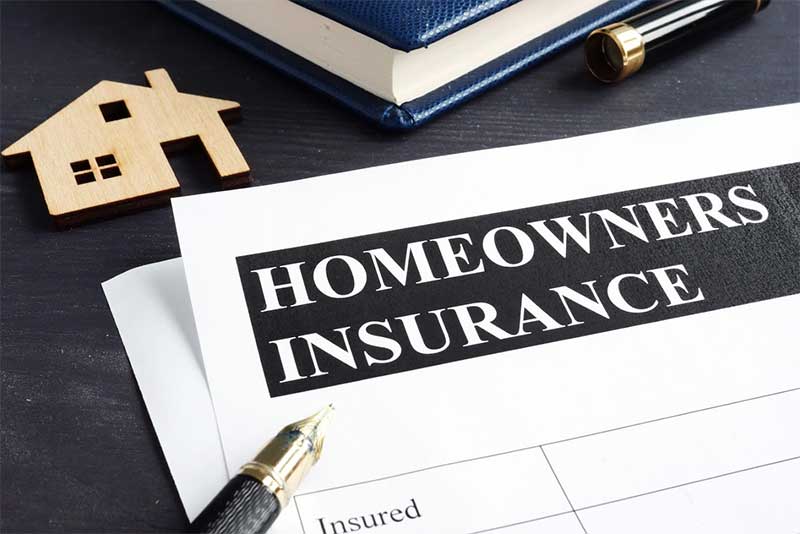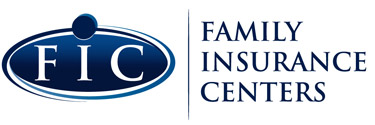3 Residential Property Factors That Affect Your Home Insurance Premiums

With homeownership, there are a plethora of considerations to keep in mind, from choosing the right neighborhood to securing a mortgage. However, one crucial factor that often gets overlooked is the impact that your residential property has on your home insurance premiums.
While it may seem like an afterthought, the characteristics and features of your home can play a significant role in determining the cost of insuring it. Discover three key residential property factors that can affect your home insurance premiums, providing you with valuable insights to help you make informed decisions and potentially save money on your coverage.
1. Location
You should expect to pay more for insurance if you reside in a region that has had frequent natural disasters like hurricanes, tornadoes, or wildfires. The increased potential for house damage and subsequent claims is the primary reason for this.
The insurance company will also consider the criminal activity in your area. Your insurance premiums could be higher if you happen to reside in an area prone to burglaries and thefts. However, being in close proximity to a fire station or hydrant may work to your advantage and result in reduced premiums. Since having easy access to immediate assistance can lessen or avoid property damage, insurers consider this a mitigating circumstance.
2. Square Footage
A higher premium is typically associated with a larger home’s square footage when compared to a smaller home’s. The insurance company takes on more of a risk with larger homes because there is more space and more furniture to replace or repair.
A larger home will take a greater number of assets to rebuild or repair, which leads to greater expenses for the insurance company. Because of this increased risk, insurance companies will assess a higher premium for larger dwellings.
However, remember that while discussing house sizes, this does not cover traditional houses only. Tiny houses and other examples of modern architecture have become increasingly fashionable in recent years.
Despite their decreased square footage, tiny houses nonetheless need a special kind of insurance. Mobile and prefabricated homes have unique characteristics. Therefore, the home insurance premium is heavily dependent on the size of the residence, regardless of whether it is a conventionally sized house or a micro home.
3. Replacement and Repair Costs
Your house’s replacement and repair expenses are the sum it would take to replace or fix the property in case of an insured loss. Your homeowner’s insurance premiums will increase in proportion to the cost of rebuilding your property. In the event of a loss, having adequate insurance coverage equaling the replacement cost of your property is essential, and an insurance-to-value assessor may help you determine this.
Keep in mind that the market worth of your home may not be the same as the cost to replace it. The market value of your property is how much you could get if you sold it today, whereas the price of replacement is how much it would cost to rebuild it using the same high-quality materials. The level of dwelling coverage you require is directly proportional to the price you will pay for homeowners insurance.
The price of materials and labor is another consideration when estimating the total cost of a repair or replacement. The price of residential construction supplies has skyrocketed in recent years due to inflation and disruptions in the supply chain. This could lead to higher insurance premiums to account for the increased likelihood of a claim should the cost of reconstructing or repairing your house increase.
Contact us at Family Insurance Centers for home insurance in Polk County and Central Florida.
